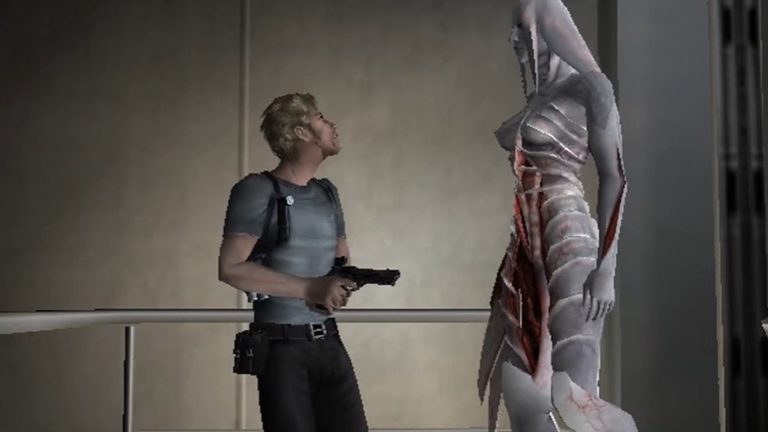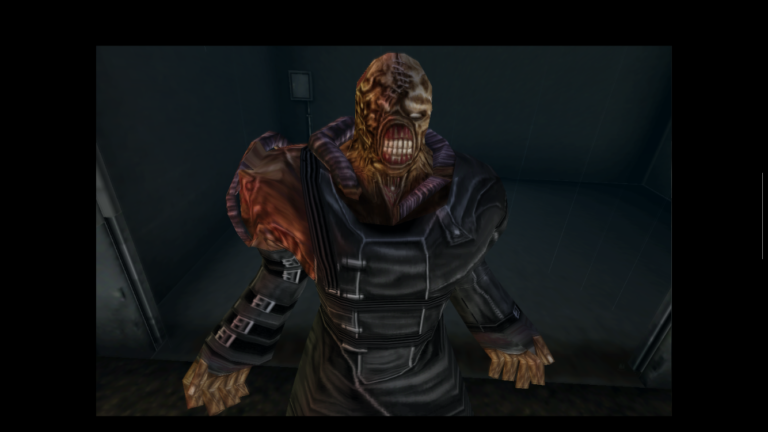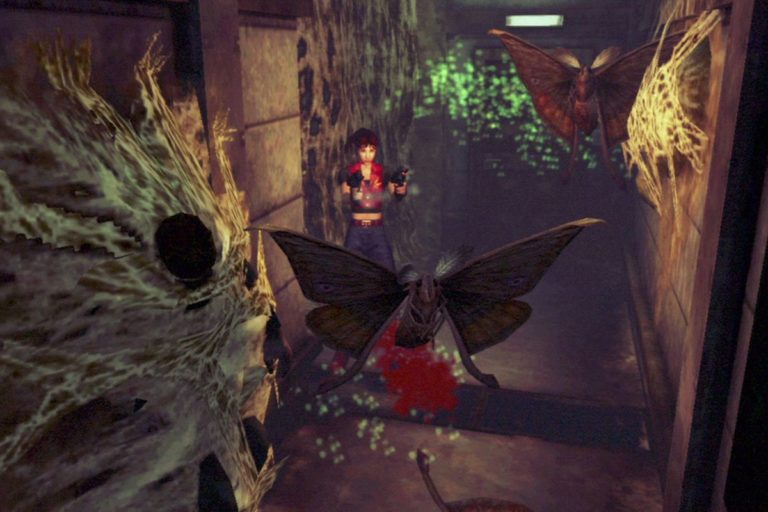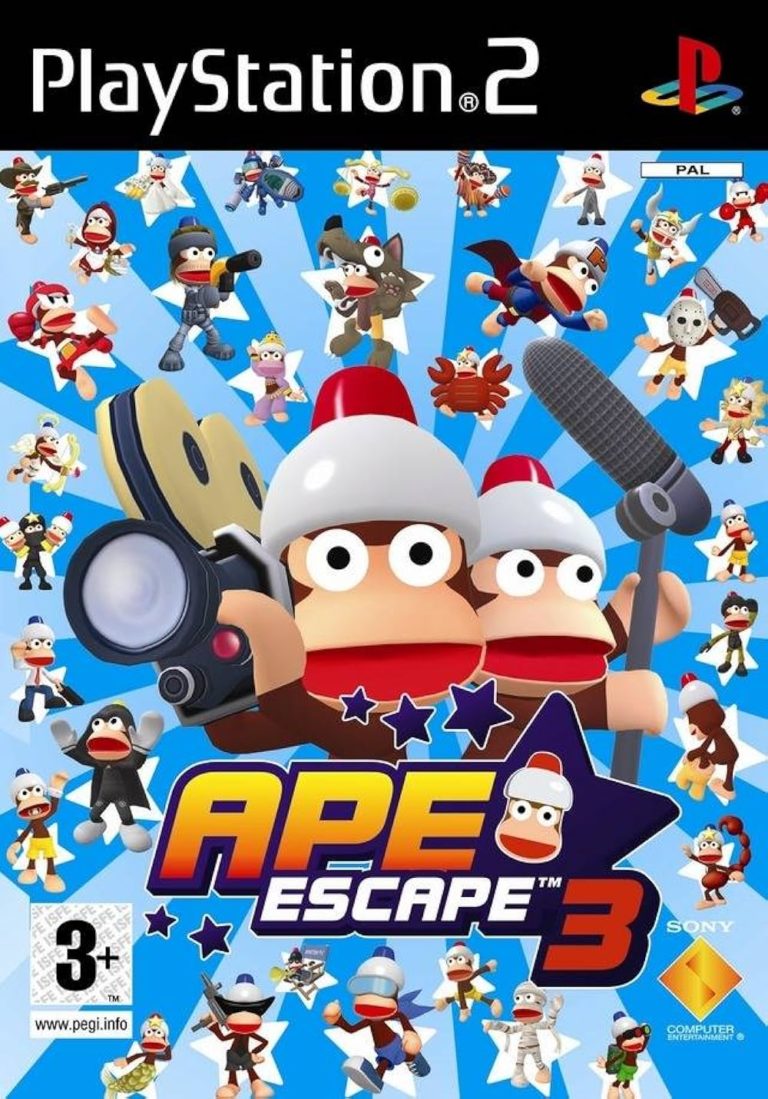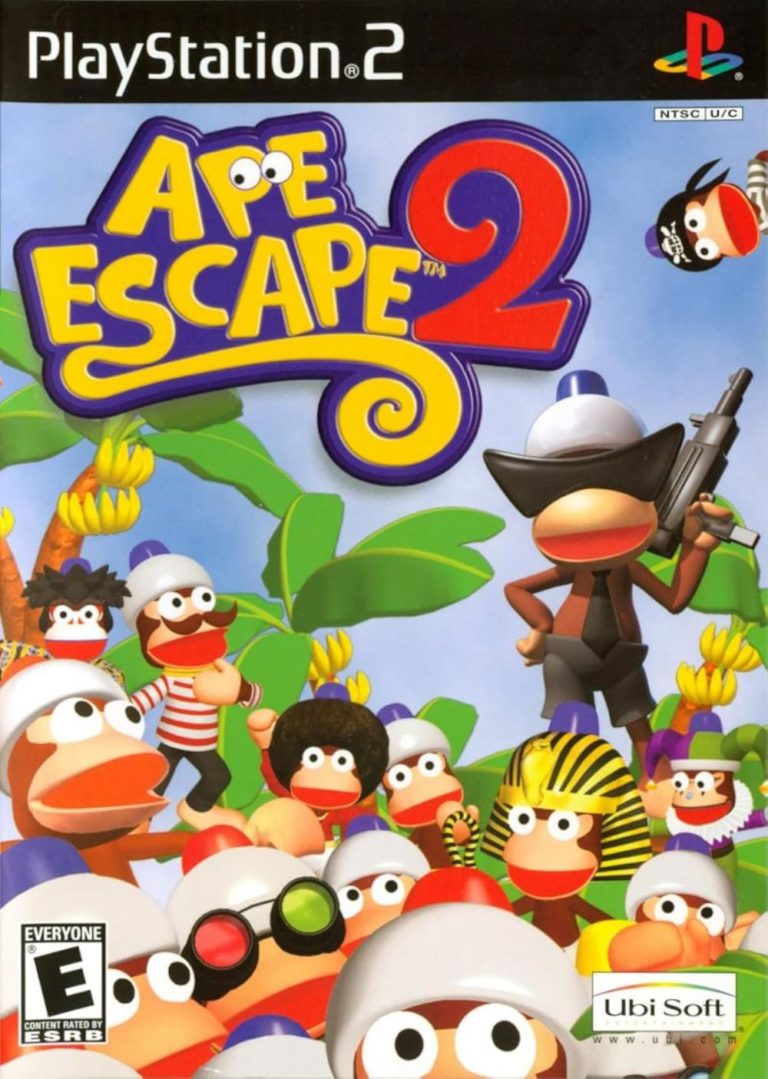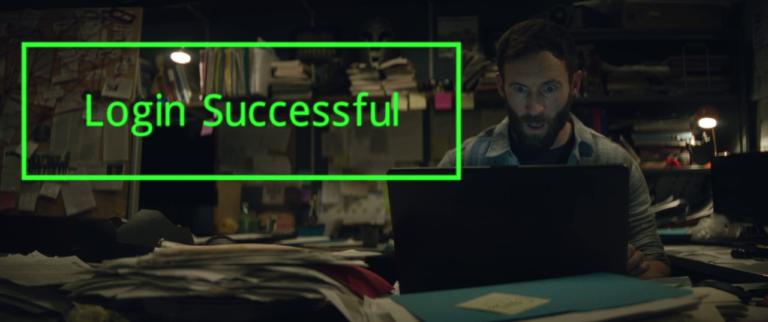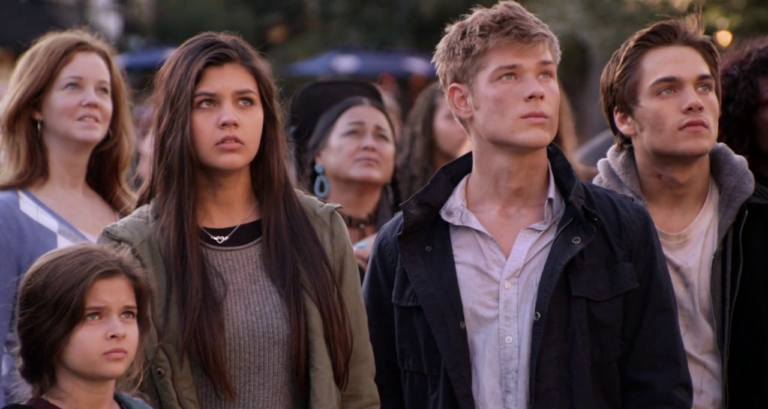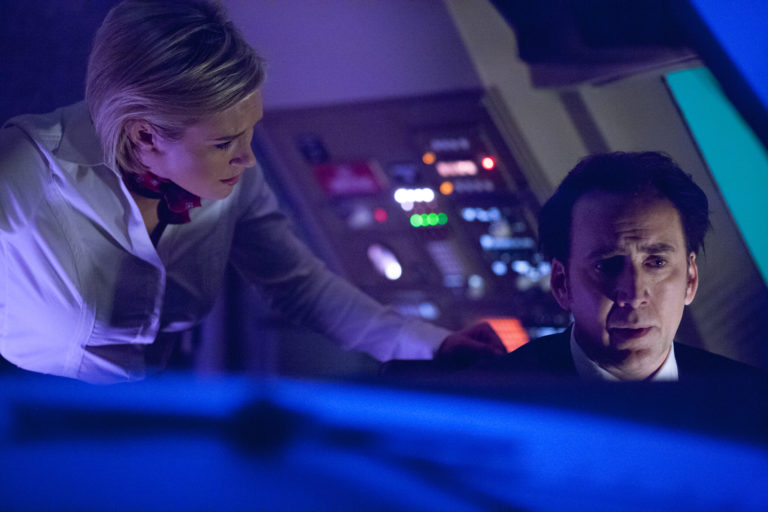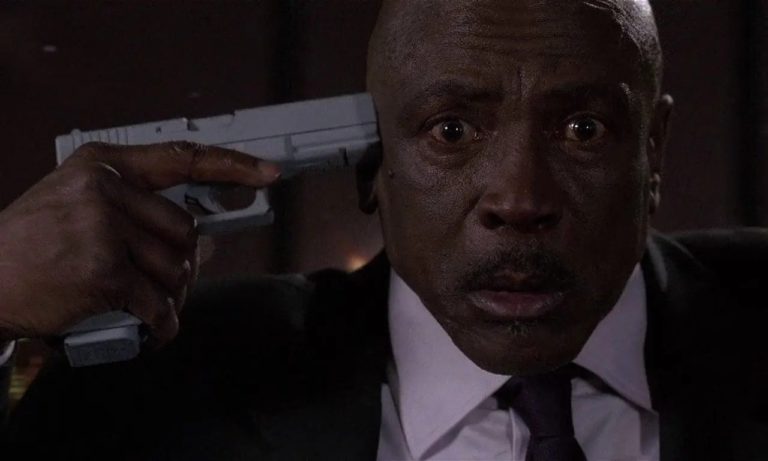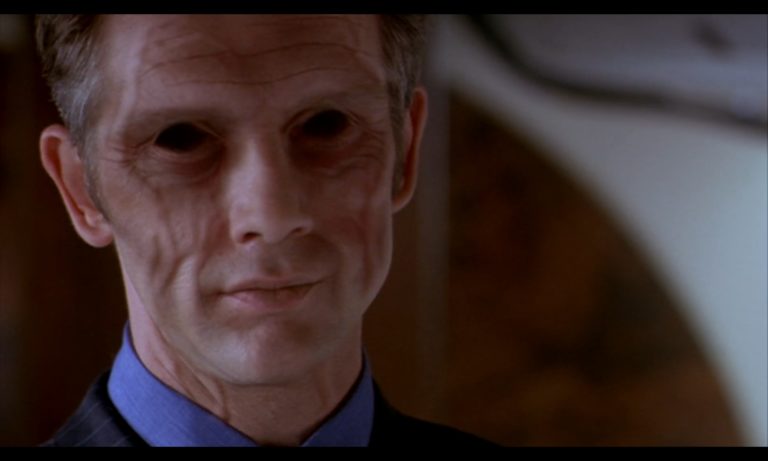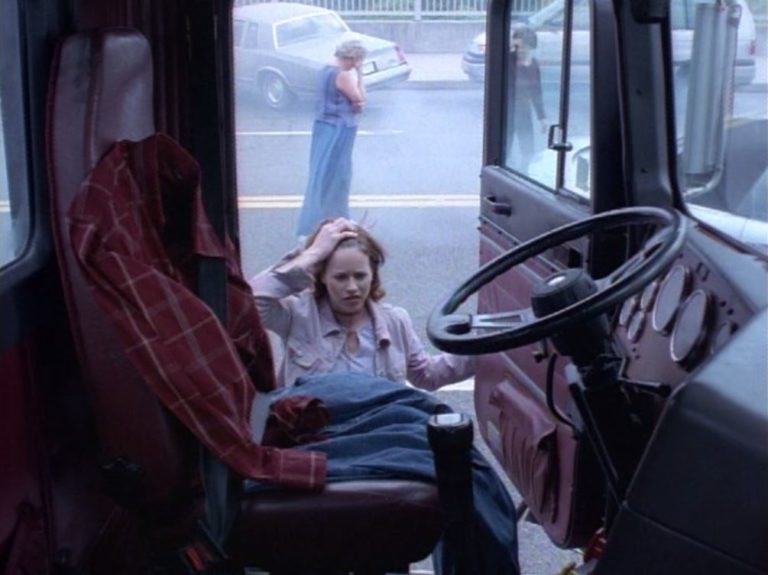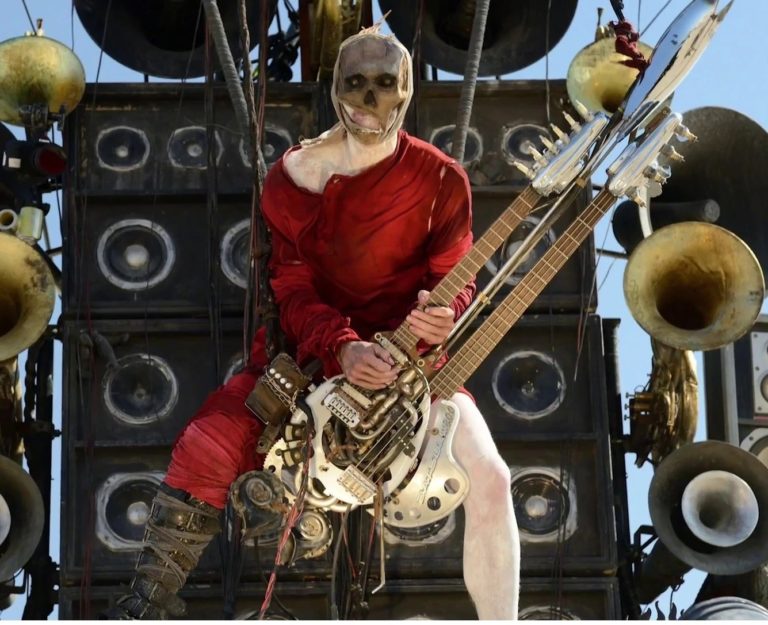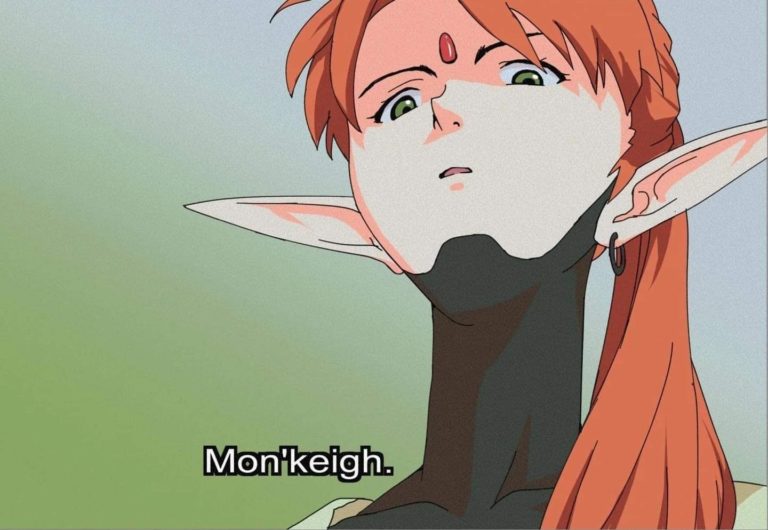Welcome back to the Resident Evil love/hate series! In this entry we’ll be going over the third,...
Welcome back to the Resident Evil love/hate series! In this entry we’ll be going over one of...
Welcome back to the Resident Evil love/hate series! It has been quite a while since the last...
Welcome back to the Ape Escape Love/Hate series! In this entry we’ll be looking at the final,...
Welcome back to the Ape Escape Love/Hate series! In this entry we’ll be looking at the PS2...
It’s time for a new Love/Hate series on IC2S! For those who have been following my Resident...
Welcome back to the Left Behind retrospective! We have finally reached the most recent entry in the...
Welcome back to the Left Behind retrospective! In this entry we’ll be going over the fifth film...
Welcome back to the Left Behind retrospective! In this entry we’ll be going over the fourth film...
Welcome back to the Left Behind retrospective! In this entry we’ll be going over the third film...
Welcome back to the Left Behind retrospective! In this entry we’ll be going over the second film...
It’s been quite a while since my last retrospectives series (more than 3 years now), but that’s...
It’s been a really long time since I did a proper video game review (holy shit, 7...
Hide your 3D printer and grab your Imperial Infantryman’s Uplifting Primer, the wokes are coming for Warhammer...
